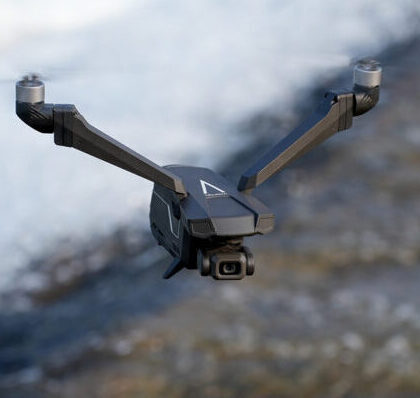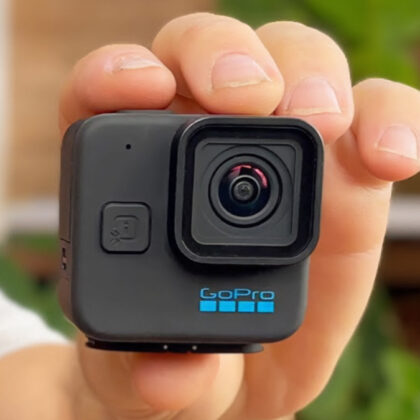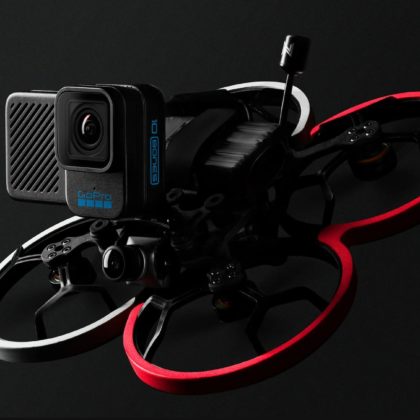Thanks to an error by B&H Photo, we’ve got a look at the upcoming RODE NT-USB Mini mic before it was supposed to be announced.
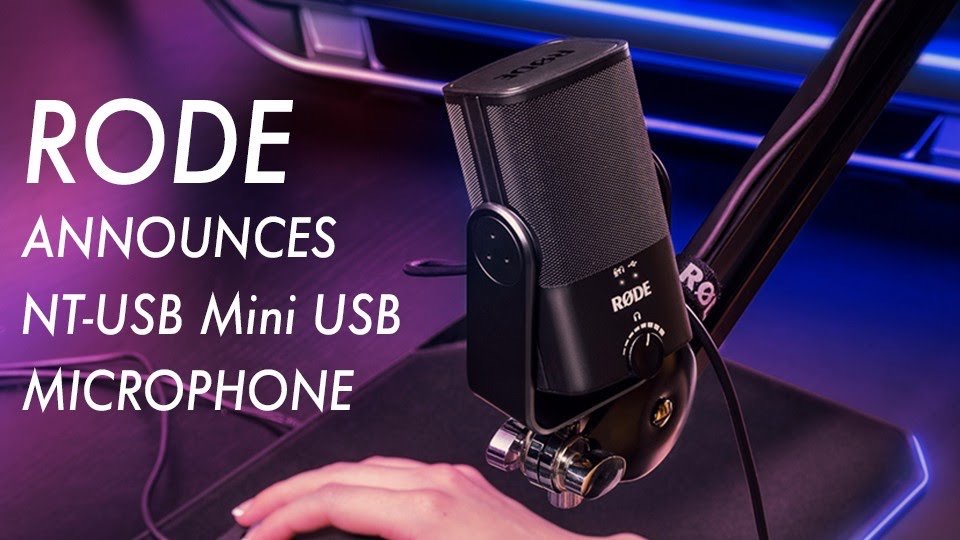
As the name suggests, the NT-USB Mini is a trimmed down version of RODE’s popular NT-USB mic, and just like the original, the new one will be very popular among streamers and online creators.
How do we know about the NT-USB Mini?
On January 21, B&H Photo accidentally published the product page and press release for RODE’s yet-to-be-released miniaturized NT-USB microphone.
I didn’t think much of it, but when I went to check again several hours later I noticed the product was now nowhere to be found.
Luckily, thanks to the genius of browser caching, I was able to revisit the now-deleted page and grab the below images and details about the forthcoming mic.
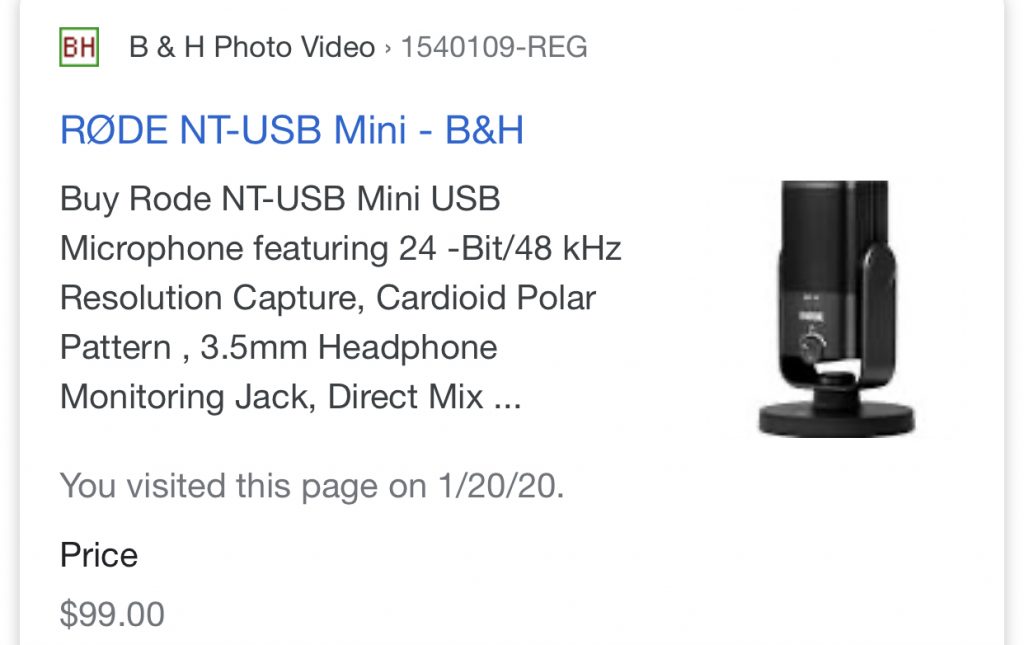
“RODE NT-USB Mini Microphone Puts High Quality in a Miniature Form
The new RODE NT-USB Mini puts the high-quality sound of RODE studio mics into a compact desktop USB microphone purpose-built for podcasters, live streamers, gamers, and YouTube content creators. With its user-friendly controls, plug-and-play operation, and space-saving design, the RODE NT-USB Mini lets you work quickly and get rewarding results.
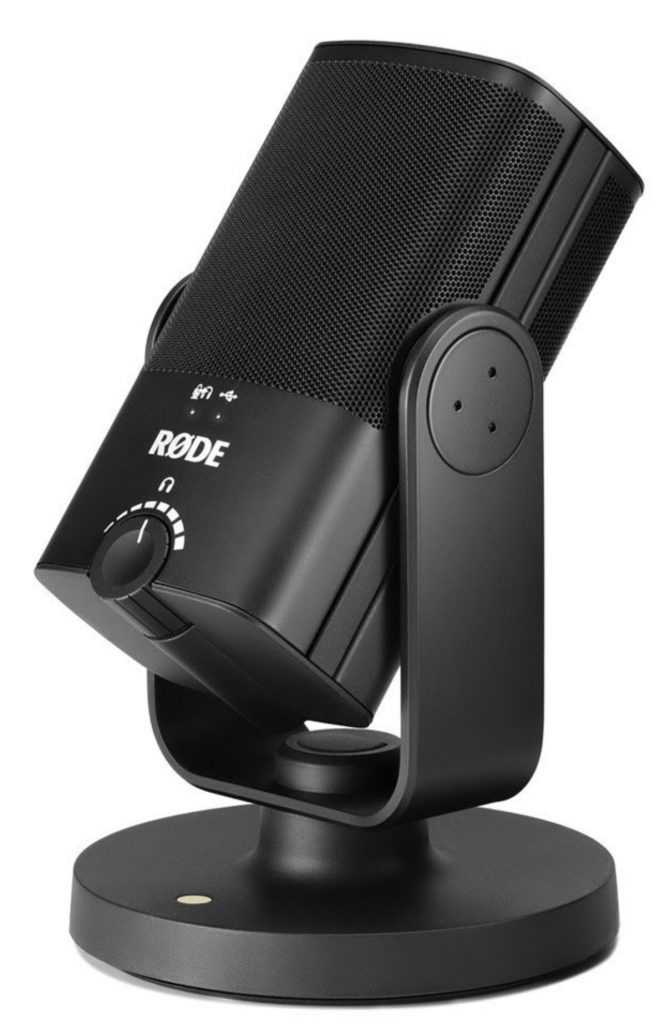
For starters, you can get started immediately with the RODE NT-USB Mini. Forget about installing drivers or special apps; just plug the mic into your computer via USB and open your preferred recording program. It works at 24-bit/48 kHz for an optimal combination of software compatibility and audio quality. The built-in swing mount swivels 360 degrees for smooth and precise positioning on a mic stand, broadcast boom arm, or the included detachable magnetic desk stand, which is constructed to isolate the mic from extraneous vibrations. Thanks to the RODE NT-USB Mini’s sturdy steel and reinforced nylon resin materials, you can rely on it session after session.
If you aren’t familiar with tweaking mic settings, it’s not a problem. With the RODE NT-USB Mini, you only have to handle a single control, the clearly labeled headphone volume knob on the front panel. Everything else is taken care of for you-even the headphone setup. Once you plug in your headphones and turn up the headphone volume, the RODE NT-USB Mini’s zero-latency monitoring ensures that you’ll hear your signal without the problematic echo that plagues many digital recording systems.
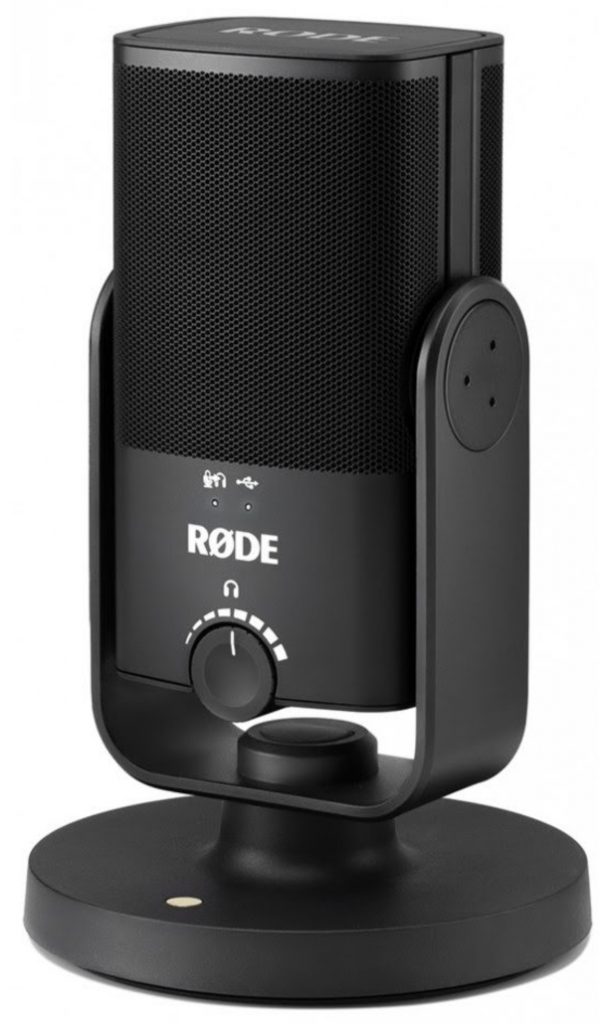
Like the RODE studio mics that came before it, the sound of the RODE NT-USB Mini is tuned to please the discerning ear. Since it is tonally optimized for warmth and clarity, it complements a variety of sources, such as spoken word, vocals, and acoustic instruments. By rejecting sound behind the mic, the cardioid polar pattern of the NT-USB Mini reduces the presence of room ambiance in your recordings-especially helpful if you work in a room that isn’t acoustically treated-so you capture a more direct and intelligible tone. Plus, the RODE NT-USB Mini features an integral pop filter to tame distracting plosives that commonly occur on “p” and “b” sounds.
Whether you’re about to start your first podcast, track vocals for a new song, create an online tutorial, or stream some gameplay, the RODE NT-USB Mini can help you achieve quality audio in no time.”
Specs and features
Right off the bat, from the leaked press release we can see that the NT-USB Mini will feature a simplified one-button design that is reminiscent of the Blue YETI Nano mic.
The microphone’s shape evokes a retro feel while also incorporating a pop filter and the built-in stand swivels 360° for easy positioning.
Spec-wise, the RODE’s new USB microphone appears to actually feature better audio quality than the 5-year-old NT-USB.
Rounding out the limited details, we see the NT-USB Mini will have a 3.5mm headphone jack for latency-free monitoring and comes with a magnetic base for desktop recording.
Price and availability
The most enticing thing about this mic will certainly be its price — at $99 it is very affordable while still carrying the RODE name and promise of quality.
This continues RODE’s effort to simplify audio recording while still making high-capable products.
The only thing we don’t know about this microphone is when we’ll actually see if officially announced.
Since the post was accidentally published by B&H Photo on January 20th my best guess would be either one week later (Jan 27) or a whole month later (Feb 20).
Whenever it does finally appear, I can pretty much guarantee that we’ll start seeing this mic popping up in the streams, podcast setups and studios of beginner creators everywhere.

